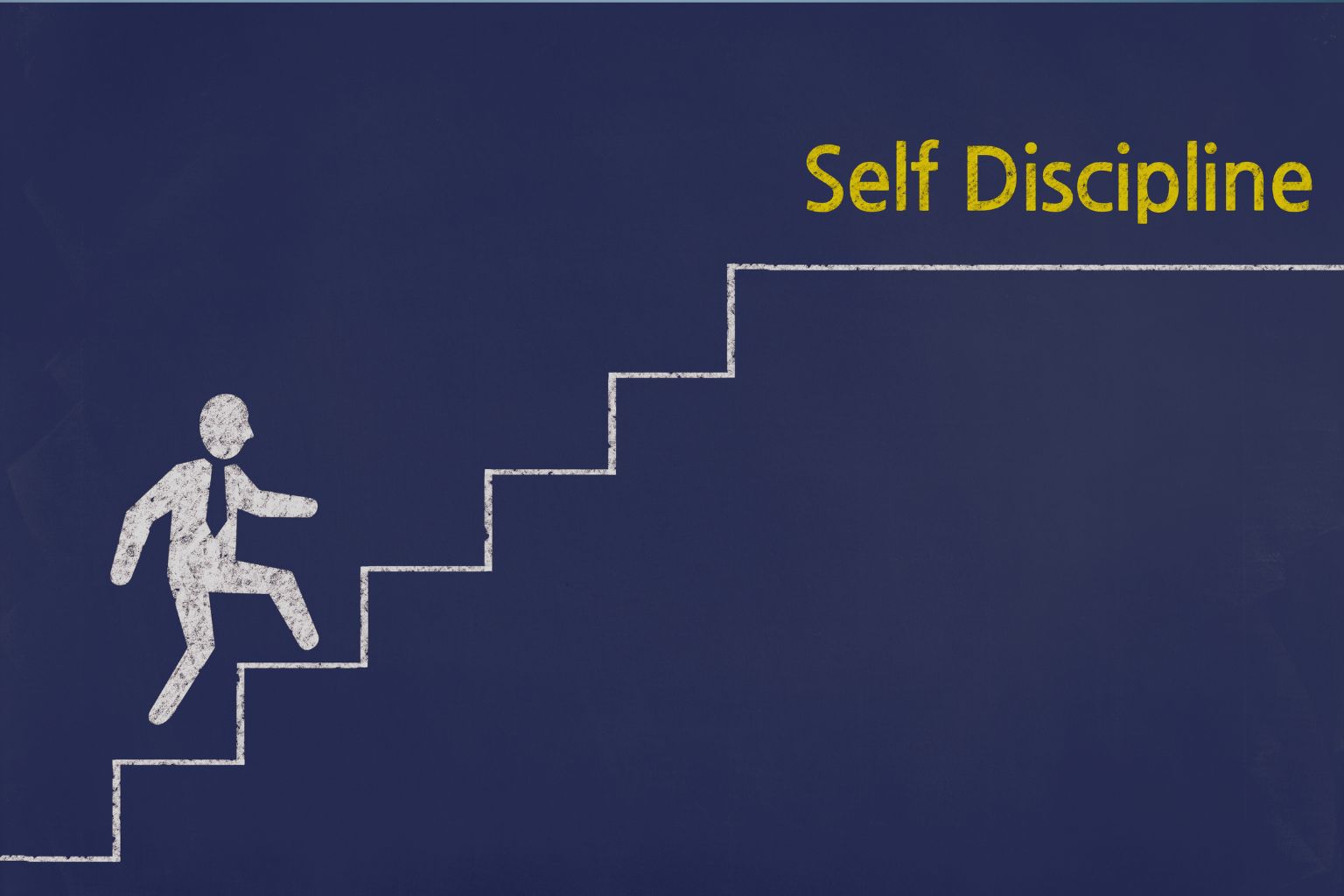You’ve got big dreams—a thriving career, a healthier lifestyle, or maybe just a clutter-free home. But every time you make a plan, life laughs, and your to-do list becomes a wish list. You’re not lazy; you’re stuck in a loop of good intentions and zero follow-through. Sound familiar? You’re not alone, and it’s not your fault. But here’s the spark: you can break free and stick to your plans with a few smart tweaks. Let’s dive into why your plans keep slipping and how to fix it for good.
Why You Can’t Stick to Your Plans
Sticking to plans isn’t just about willpower—it’s about dodging the hidden traps that derail you. Here’s why your best-laid plans often go awry:
Lack of Clear Goals
Vague plans like “get fit” or “be more productive” lack direction. Without a specific target, it’s hard to stick to your plans. You need a roadmap, not a wish.
Distractions and Procrastination
Your phone buzzes, a coworker drops by, or you “just check” social media—and poof, an hour’s gone. These distractions pull you away, making it tough to stick to your plans.
Emotional Barriers
Fear of failure, self-doubt, or perfectionism can paralyze you. “What if I mess up?” whispers your inner critic, stopping you before you start.
Poor Time Management
Without structure, tasks pile up, leading to overwhelm. You juggle too much, drop the ball, and wonder why you can’t stick to your plans.
But you’re not doomed—these obstacles are fixable. With mental discipline for success, you can turn your plans into reality. Here’s how.
How to Fix It: 5 Steps to Stick to Your Plans
Step 1: Set Specific, Achievable Goals
Why It Works
Clear goals give you a target to hit. Instead of “get fit,” aim for “walk 30 minutes daily.” This clarity helps you stick to your plans by making action straightforward.
How to Do It
Write one specific goal daily, like “draft 500 words for my blog.” Break it into steps, such as “outline for 10 minutes.” Use the SMART framework—Specific, Measurable, Achievable, Relevant, Time-bound—to keep it real.
- Actionable Insight: Use a goal-setting app like Todoist to track daily targets.
- Mini-Story: Emma, a freelancer, felt overwhelmed by “grow my business.” Setting a goal to “email one new client daily” helped her land three contracts in a month.
- Try This: For one week, write one specific, achievable goal each morning and break it into three steps.
Step 2: Create a Distraction-Free Environment
Why It Works
Distractions are plan-killers. A focused space helps you stick to your plans by minimizing interruptions, triggering dopamine with each task completed.
How to Do It
Set up a dedicated workspace: silence notifications, close unrelated tabs, and use apps like Freedom to block distracting sites. Designate “focus hours” (e.g., 9–10 AM) for deep work.
- Actionable Insight: Use a “Do Not Disturb” sign or headphones to signal focus time.
- Mini-Story: Tom, a student, kept getting sidetracked by group chats. Silencing his phone during study hours helped him ace his exams.
- Try This: For one week, create a distraction-free zone and test one focus hour daily, noting productivity boosts.
Step 3: Build Emotional Resilience to Stick to Your Plans
Why It Works
Emotions like doubt or fear can derail you, but resilience keeps you steady. Building this skill helps you stick to your plans, fostering serotonin through self-trust.
How to Do It
When doubt hits, pause and reframe: “This is a chance to grow.” Use affirmations like “I’m capable” to counter fear. Practice 5 minutes of mindfulness daily to stay grounded.
- Actionable Insight: Keep a “win journal” to log small victories, like finishing a task.
- Mini-Story: Maya, a small business owner, feared pitching her product. Reframing it as “a learning opportunity,” she landed her first client.
- Try This: For one week, practice one affirmation daily and journal one small win, noting how it helps you stick to your plans.
Step 4: Use Time-Blocking Techniques
Why It Works
Random schedules invite chaos. Time-blocking structures your day, ensuring you stick to your plans, triggering dopamine with each completed block.
How to Do It
Plan your day in 25-minute blocks (Pomodoro technique): assign tasks like “write report” or “exercise.” Include breaks to recharge. Use a planner or app to map it out.
- Actionable Insight: Color-code blocks (e.g., blue for work, green for personal) for visual clarity.
- Mini-Story: Sarah, a marketing manager, felt swamped until she time-blocked her tasks, finishing projects 20% faster.
- Try This: For one week, time-block your day in 25-minute chunks and track completed tasks.
Step 5: Track Progress and Adjust to Stay on Track
Why It Works
Without tracking, plans drift. Monitoring progress helps you stick to your plans, fostering serotonin through visible wins and oxytocin via self-connection.
How to Do It
Each Sunday, spend 15 minutes reviewing your week: “What worked? What didn’t?” Adjust your approach, like shifting tasks to your peak energy hours. Celebrate small wins, like completing a workout streak.
- Actionable Insight: Use a habit-tracking app like Habitica to gamify progress.
- Mini-Story: Leo, a freelancer, felt stuck until he started weekly reviews, tweaking his schedule to land more clients.
- Try This: For one week, review your progress for 15 minutes on Sunday and adjust one plan for the next week.
Real-Life Examples and Mini-Stories
Overcoming Distractions
Alex, a parent, couldn’t focus with kids running around. He set up a quiet corner with headphones, finishing work faster and earning a promotion.
Building Emotional Resilience
Rachel, a nurse, doubted her skills under pressure. Daily affirmations like “I’m learning” helped her stay calm, passing her certification exam.
Mastering Time Management
Priya, a student, procrastinated on assignments. Time-blocking her study sessions led to top grades and a scholarship.
These stories show that with mental discipline for success, you can stick to your plans and achieve your dreams.
Make Your Plans Unstoppable
You’re not doomed to a life of half-finished plans—you’re ready to stick to your plans and make your dreams real. These five steps—clear goals, distraction control, emotional resilience, time-blocking, and tracking—equip you to break the cycle and build unstoppable momentum. Start today: pick one step, take action, and feel the thrill of progress. Mental discipline for success is your key to a life that feels true.
Ready to transform your life? Reprogram your mind with the Mental Discipline for Success System Kit. Train your subconscious to align with your goals, build confidence, and take action regardless of your mood. Stay laser-focused with a 30-minute daily tracker, learn from pros weekly, and use our digital book, 6 videos, and printables to guide your journey. Start your journey now at mentaldisciplineforsuccess.com and achieve your success!

















Share it!